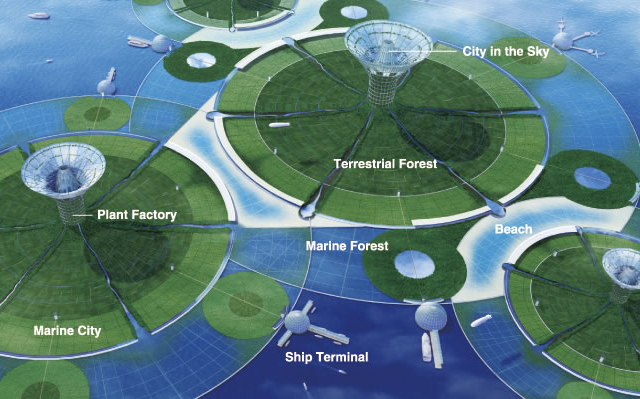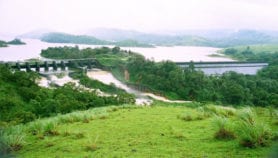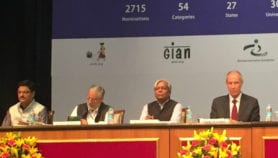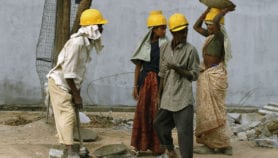By: Fatima Arkin
Send to a friend
The details you provide on this page will not be used to send unsolicited email, and will not be sold to a 3rd party. See privacy policy.
[MANILA] Creating an artificial island to house the population of South Tarawa, the capital of the Republic of Kiribati, could enable their survival from rising sea levels, with minimal disruption to their day to day living.
This new research, published in the journal Ocean Engineering (1 April), adds to the growing body of literature that explores possible structural designs of artificial islands such as a fixed platform, which would be highly stable, versus a floating island, which could be cheaper, more flexible and durable.
The president of the tiny Pacific state of Kiribati, Anote Tong, has also publicly discussed such an idea in the past and artificial islands have been on the UN agenda for years.
The study proposes an artificial island bigger than the land that exists in South Tarawa. Some key features include more efficient use of space, heavy reliance on renewable energy, particularly solar, and large tanks to store untreated rainwater since rainfall in the region is fickle. Each community will have its own water treatment plant.
But Ema Muk-Pavic, co-author of the study and a lecturer in commercial ship design at the University College London, says that the study lacks one critical voice: the people of Kiribati.
“Unfortunately, we haven’t actually spoken to anyone in Kiribati about the idea of an artificial island,” she tells SciDev.Net. “If a decision is to be made on this topic, the people of Kiribati should be involved from day 1.”
Other major hurdles that Muk-Pavic mentions include the absence of construction facilities capable of building large structures, not enough people with the skills and experience in engineering and construction and, most importantly, financial constraint.
The estimated price tag for the concept is roughly £20 billion, or US$30.7 billion. Even if construction is spread out over many years, Muk-Pavic says, the annual cost would still be a lot higher than the total international aid Kiribati currently receives.
Many artificial islands do exist, including a few small floating ones. Although none are on the scale discussed in the study, several types of floating cities are possible and have been brought to the attention of Kiribati’s president.
Engineers from Shimizu, a Japanese construction company, have visited Kiribati to discuss the possibility of a country that floats on “lily pads”. It would be located in the Pacific Ocean, near the equator where the waters are calmer and risk to typhoons and other natural disasters is lower. It would also contain a plant factory to grow food and generate power from solar and thermal energy.
Masaki Takeuchi, who leads this project at Shimizu, tells SciDev.Net that they have completed the planning stage and expect the floating city to be “technically feasible” by 2030.
>Link to abstract in Ocean Engineering
This article has been produced by SciDev.Net's South-East Asia & Pacific desk.
References
Ocean Engineering doi:10.1016/j.oceaneng.2015.01.013 (2015)














